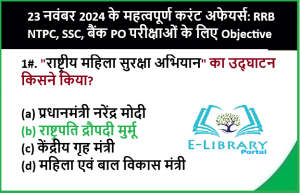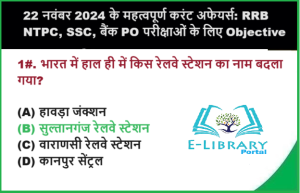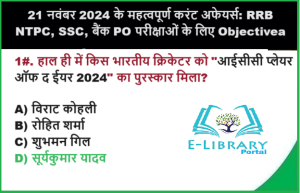महेंद्र सिंह धोनी, जिन्हें “कैप्टन कूल” के नाम से जाना जाता है, भारतीय क्रिकेट के सबसे सफल...
राहुल द्रविड़, जिन्हें क्रिकेट जगत में “द वॉल” के नाम से जाना जाता है, भारतीय क्रिकेट के...
सौरव गांगुली, जिन्हें प्यार से “दादा” कहा जाता है, भारतीय क्रिकेट के सबसे प्रतिष्ठित और प्रभावशाली खिलाड़ियों...
सचिन रमेश तेंदुलकर भारतीय क्रिकेट का वह नाम है, जिसने न केवल भारत में बल्कि पूरे विश्व...
राजेश्वरी गायकवाड़ भारतीय महिला क्रिकेट टीम की एक प्रमुख स्पिन गेंदबाज हैं। उनका सफर प्रेरणादायक है, जिसमें...
रेनुका सिंह ठाकुर भारतीय महिला क्रिकेट टीम की एक होनहार तेज गेंदबाज हैं। हिमाचल प्रदेश के छोटे...
पुजा वस्त्रकार भारतीय महिला क्रिकेट टीम की एक महत्वपूर्ण आलराउंडर खिलाड़ी हैं, जो अपनी गेंदबाजी और बल्लेबाजी...
रिचा घोष भारतीय महिला क्रिकेट टीम की एक उभरती हुई खिलाड़ी हैं जो अपनी शानदार विकेटकीपिंग और...
जेमिमा रोड्रिग्स भारतीय महिला क्रिकेट टीम की एक प्रतिभाशाली बल्लेबाज और शानदार फील्डर हैं। अपनी तकनीकी बल्लेबाजी...
दीप्ति शर्मा भारतीय महिला क्रिकेट टीम की एक ऐसी खिलाड़ी हैं, जो अपनी ऑलराउंड क्षमता के लिए...
शैफाली वर्मा, भारतीय महिला क्रिकेट टीम की एक ऐसी युवा खिलाड़ी हैं, जिन्होंने अपने आक्रामक खेल और...
स्मृति मंधाना भारतीय महिला क्रिकेट टीम की सबसे चमकदार और प्रतिभाशाली बल्लेबाजों में से एक हैं। अपनी...


















